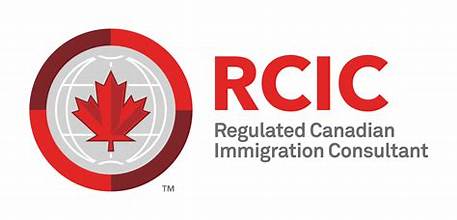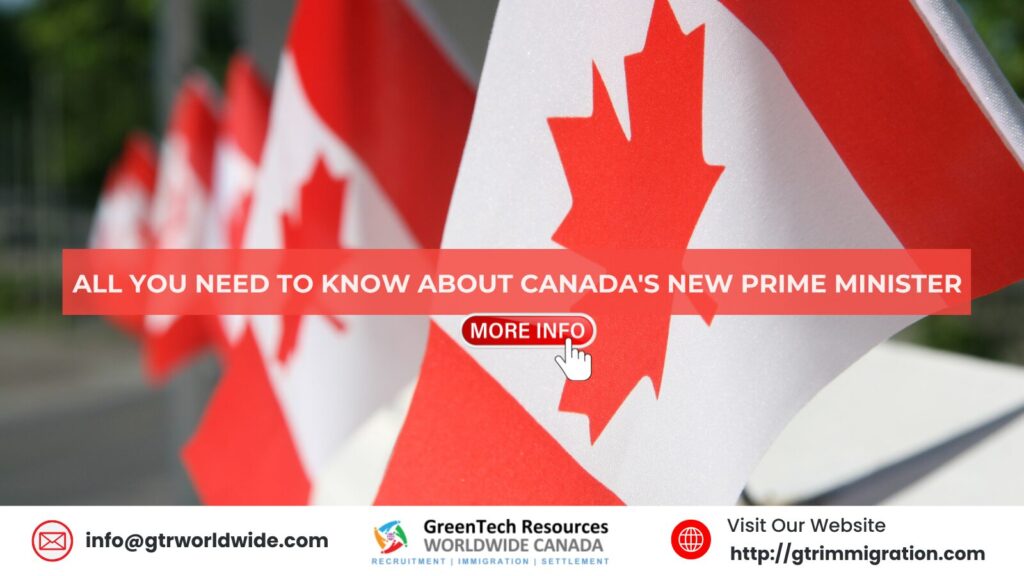Canada has recently elected Mark Carney as its new Prime Minister following a pivotal federal election on April 28, 2025. Carney, a former governor of both the Bank of Canada and the Bank of England, led the Liberal Party to a fourth consecutive term in government, marking a significant political comeback after trailing in the polls earlier this year. His leadership signifies a shift in both domestic and foreign policy, particularly in response to escalating tensions with the United States under President Donald Trump.
Who is Mark Carney?
Born on March 16, 1965, in Fort Smith, Northwest Territories, Carney boasts an impressive background in economics and finance. He served as the Governor of the Bank of Canada from 2008 to 2013 and later as the Governor of the Bank of England from 2013 to 2020, becoming the first non-British citizen to hold the latter position. Despite his extensive experience in global finance, Carney was a newcomer to elected politics before his recent ascent to the prime ministership.
How Did He Become Prime Minister?
Carney’s political journey began in early 2025 amid a leadership crisis within the Liberal Party. Following the resignation of Prime Minister Justin Trudeau, Carney was elected as the new leader of the Liberal Party on March 9, 2025. He was sworn in as Prime Minister on March 14, 2025.
In the federal election held on April 28, 2025, Carney led the Liberal Party to a surprising victory, securing 168 seats—just short of a majority in the 338-seat House of Commons. This outcome marked the Liberals’ fourth consecutive term in government.
What Is His Political Agenda?
Carney’s campaign focused on defending Canadian sovereignty and reducing economic dependence on the United States. This stance resonated with voters, especially in light of U.S. President Donald Trump’s aggressive trade policies and controversial remarks suggesting Canada could become the 51st U.S. state.
As Prime Minister, Carney aims to:
- – Renegotiate trade and security arrangements with the U.S.
- – Shift Canada’s economic focus towards Europe and Asia.
- – Bolster domestic manufacturing and reduce trade reliance on the U.S.
- – Adopt a pragmatic stance on climate policies, moving away from unpopular carbon taxes to support resource development.
Carney’s leadership marks a departure from decades of trade diplomacy and integration with the U.S., signaling a new strategic posture for Canada on the global stag.






